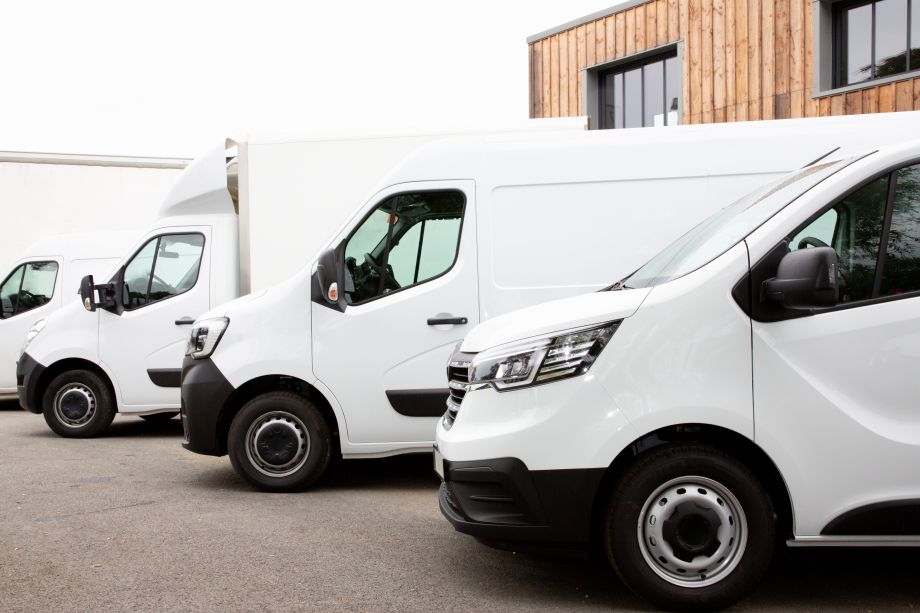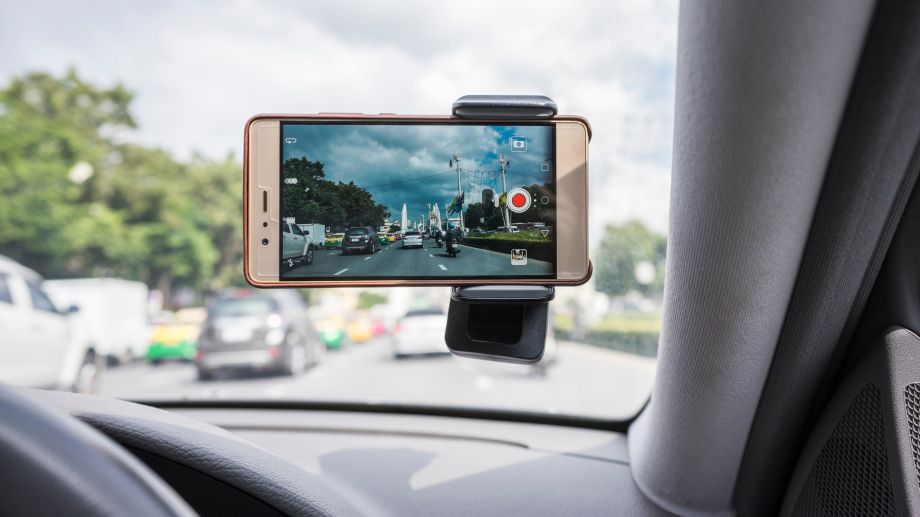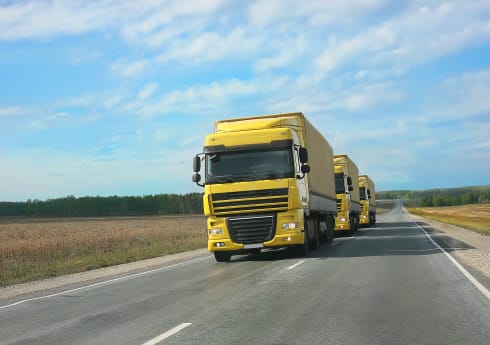Guide to the best fleet control systems in 2022
Vehicle tracking, dash cams and fleet telematics systems are the best ways to stay in control of your fleet. We get it. Fleet vehicles are always on the go and no one day is the same. Having a fleet control system helps to keep your business going off the rails!
But which fleet control systems should you pick? We’re deep diving into the very best systems. Keep reading to find out which ones you should get.
(Updated Tue, 12 December 2023)

Which fleet control systems should you use?
- Vehicle tracking
- Dash cams
- Telematics systems
These are the major systems you should really add to your toolbelt to help you stay on top of your fleet. Many systems support fleet management, by giving you in-depth reports and a new perspective on driver performance.
But which system should you install? Scroll down to see our expert reviews on the top fleet systems.
The best telematics systems for fleets

Telematics is an umbrella term for all kinds of fleet tracking and fleet management systems. Our favourite telematics systems use GPS to track vehicles, gives you detailed reports and helps you keep an eye on your fleet.
Best telematics for big fleets: Kinesis Pro
Having a fleet control system that gives you details and features to match a big fleet is a big ask, but Kinesis Pro easily rises up to the challenge. This telematics fleet control system gives you all the details you need down to Tachograph data and driving behaviour reports.
The Pro is an advanced telematics system, but that doesn’t mean you have to blow your budget. There’s eight extra features you can choose to add or remove, so you pay for the core features and what you need.
- GPS vehicle location: see where you drivers are on a map. See live location data on your laptop, desktop or even your mobile on the go.
- Use with fuel cards: fully integrable with a fuel card service, the Pro lets you see fuel cards and other vehicle tracking data on one platform. What a time saver! Plus, the fuel card stuff lets you see if all your location data and fuel costs add up.
- Get your dash cam: some telematics systems can be trickier when it comes to setting up with a dash cam. The Pro works alongside the camera, so you can review footage while checking driver location data to get the full picture.
iCompario tip:
Kinesis Pro also works well as a fleet key management system. Fleet managers can assign each driver a key fob, which acts as driver ID. Even if your drivers swap vehicles, you’ll always know which driver is doing what because of their key fob.
Best reports for small-mediums fleets: Verizon Connect
Verizon is a well-known fleet control system provider. But does it live up to its reputation? Yes. Verizon has a GPS vehicle tracking system, plus an admin portal to make your management faster.
Even if you’re new to the tech side of things, Verizon is pretty easy to use. The reports it gives are almost as detailed as the Pro when it comes to driver behaviour. You also get Driver ID key fobs, so the Connect does work as a fleet key management system to some degree.
- Remotely secure you vehicle: discovered unauthorised use? Shut down the vehicle using the online portal and give your security a boost.
- Check GPS data on the go: the Connect has an online app for mobile and desktop. This lets you check locations on the go or access reports when you’re out of office. In our experience, the desktop app is a bit better than the mobile version.
- Dispatch and scheduling portal: complete your admin and get automated invoices in the same place as your vehicle tracking.
Best for rental vehicles: Masternaut Go
Sometimes you can’t get a permanent tracker installed. Masternaut plugs into your cigarette lighter inside your vehicle, so no professional installation is needed. Drivers can even unplug when they’re on a personal journey – no more muddled invoices and reports for you!
For businesses who can’t get permanent trackers or who want a budget option, the Masternaut Go is a neat solution. While it lacks the detailed reports like the Pro and Connect, the Masternaut has enough features to get your fleet control system started.
- Personal vs work journeys: drivers can use the smartphone app to select which journeys were for work and which were personal. This way, you only pay for fuel for work journeys.
- Use in rental vehicles: adding a rented van to your fleet? It doesn’t mean you can’t track it. Keep an eye on all your rentals with a plug-in telematics system.
- Budget option: some fleet telematics systems can be pricey. Since the Go keeps things basic and is a self-install tracking device, prices start from £5.99 a month.
How does telematics help fleet management?
Long story short, telematics is a way of sending and getting information over long distances. With telematics, fleet managers get all the details about what their drivers are up to and where their vehicles are at the click of a button. Check out our guide to the benefits of telematics for more details!
The best dash cams for fleet control systems

Many of the best fleet systems can include dash cams to give you eyes on the road when you need them. But there’s a couple of major differences that make up the best dash cams to choose from. These are the different types of dash cams you need to know about.
1. Forward facing 4G dash cams
Tucked behind the rear- view mirror, these little cameras give you a HD view of the road, so you get more detail. They use 4G to connect online wherever your driver is. Regular telematics systems will tell you about an incident like speeding or an accident, but they can’t let you be there in the moment.
Select the date and time of the incident to see what’s going on. Why did your driver react the way they did? Get your answers easily.
Many 4G dash cams can have a remote digital download feature. This way, you don’t have to remove the camera’s SD card to see the footage for yourself. The video footage can be downloaded directly on the online fleet control system.
2. Front and back dash cams
Dual- facing dash cams record the road and your driver. Sometimes, getting to see your driver means you can more easily monitor behaviour. Is your driver smoking or using their phone on the job? Double check for yourself.
What if your driver gets into an accident? A front facing camera might not capture everything, especially if the collision happens at the back of the vehicle. A dual- facing dash cam gives you more coverage from false claims.
Should you get vehicle trackers?
Vehicle tracking is a really important part of any fleet control system. The number one way to do is to use a GPS vehicle tracker. Using GPS trackers, fleet managers get to see their driver’s locations and journey history on a live map. Check out our guide to vehicle tracking to get all the details.


